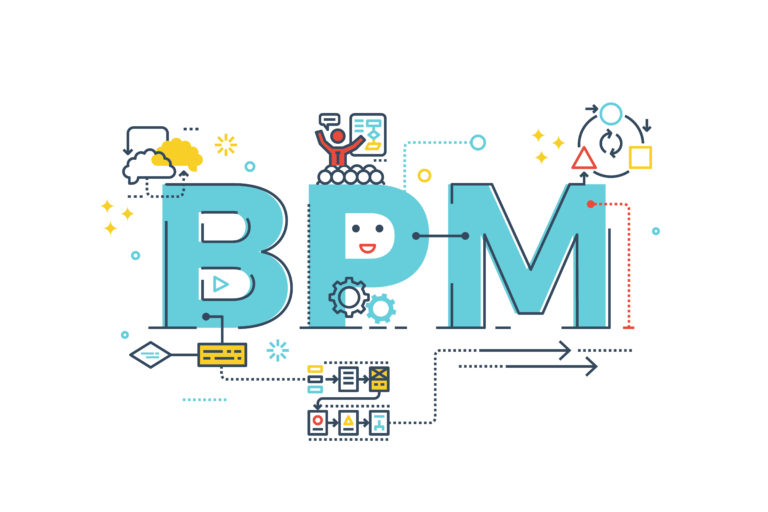Changing a process or system is risky. For one thing, there may be people who benefit from keeping things the way they’ve always been. For another, it’s not always easy to enlist the support of those who stand to gain from the new way of doing things. In other words, you can expect push-back any time something rocks the status quo.

Implementing business process management, or BPM software can make some people feel threatened. Maybe they don’t worry about being automated out of a job, but resent changes being imposed from “on high” without their having been part of it. And even if people are generally receptive to what BPM software can do for them, you can expect some growing pains along the way. Here are some thoughts on what to do when your employees balk at your BPM software.
Avoid Problems By Including End-Users From the Start
If you think you can simply drop BPM software onto your workforce and it will automatically be embraced by everyone, you could be in for a rude awakening. Executives may love a new BPM solution, but if it’s imposed by executive decree, expect resistance. People aren’t opposed to improving work processes, but if they’re a user of a process, they want to be part of BPM software implementation from the beginning. Sure, executive buy-in is important, but so is support from the actual people who will use the process day after day.
Don’t Allow Your BPM Software to Initiate Unnecessary Changes
Change for the sake of change is short-sighted. When evaluating processes for use with BPM software, it’s important to see where things are already going right and concentrate on parts of a process that actually require improvement. For example, if you have an electronic form that serves its needs perfectly, replacing it with the BPM system’s form could cause unnecessary disruption without improving the process. Make sure your BPM software lets you integrate steps that already work well so you can focus on the opportunities for improvement.
Carefully Select the Business Processes You Start With
BPM software provides a return on investment when it represents new or improved business value. Therefore, it’s important to define these new or improved business values upfront and deal with processes that may have once met business objectives, but no longer do so. When considering where to start with BPM software, consider how the context of your business has changed (perhaps you ship internationally now, or operate e-commerce as well as bricks-and-mortar stores), and define how you want to add business value.
Let Your “Early Adopter” Types Help You Spread the Word

If your organization includes a respected “early adopter” type who has a stake in what you want your BPM software to accomplish, bring him or her on board early to learn about the BPM software, provide feedback on how it can be best used, and educate other stakeholders. These “evangelists” can be terrific for communicating how the use of BPM software to improve a process helps people get things done more efficiently and develop confidence in their work skills. Ideally, this person is not in IT or the C-suite but is a front-line process user.
Never Lose Sight of the People Who Will Be Using the Processes
All of these actions and attitudes have to do with making things better for the actual, flesh-and-blood people who will be performing a process every day. When you lose sight of this, what to you is “a software glitch” may to someone else be “inability to do my work until IT fixes the issue.” If you’re expecting people to submit new data for tracking, ensure that they know why they’re doing so and how it makes your organization more effective. The worst attitude to take is, “Don’t ask questions. We’re doing it this way now.”
Conclusion
One of the biggest precipitators of employee resistance to BPM software is an “I know more than you” mentality of the executive or IT person deploying the software and new process. You have to deal with people issues as well as technology, or else your BPM initiative will fall short. And of course, selecting the right BPM software is critical.
ProcessMaker is open source BPM software with an active and engaged user community. And because it’s open-source, in addition to impressive built-in tools, it allows expert tailoring to each organization’s requirements. You can try out the ProcessMaker Enterprise Edition for free, or download the Community Edition of ProcessMaker. It’s a BPM software solution that works with – not against – your valuable end-user community.





